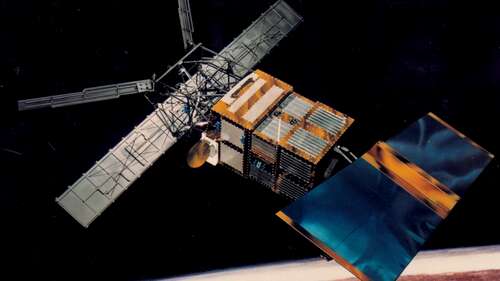
The deorbiting maneuvers performed by the ESA back in 2011 used up all of the craft’s remaining fuel. It was then left on a trajectory that would allow it to naturally fall to the Earth’s surface. It was difficult for the ESA to predict exactly how long this process would take, but it originally predicted that the craft would descend sometime in the following 15 years. This also meant that while the ESA could monitor the satellite, the organization could not perform any further maneuvers to control where it would eventually crash. Its scientists simply had to watch the satellite fall and closely monitor it to ensure the resulting debris wouldn’t cause any harm.
It was first noted that the ERS-2 was beginning its descent on February 2, and the ESA shared live updates on its website as it monitored the planned crash. These updates primarily reported the shrinking window during which the craft would break the atmosphere. Its scientists attempted to predict air density, weather patterns, and numerous other variables that could affect when and where the craft would land. These predictions grew more and more accurate as the satellite descended.

